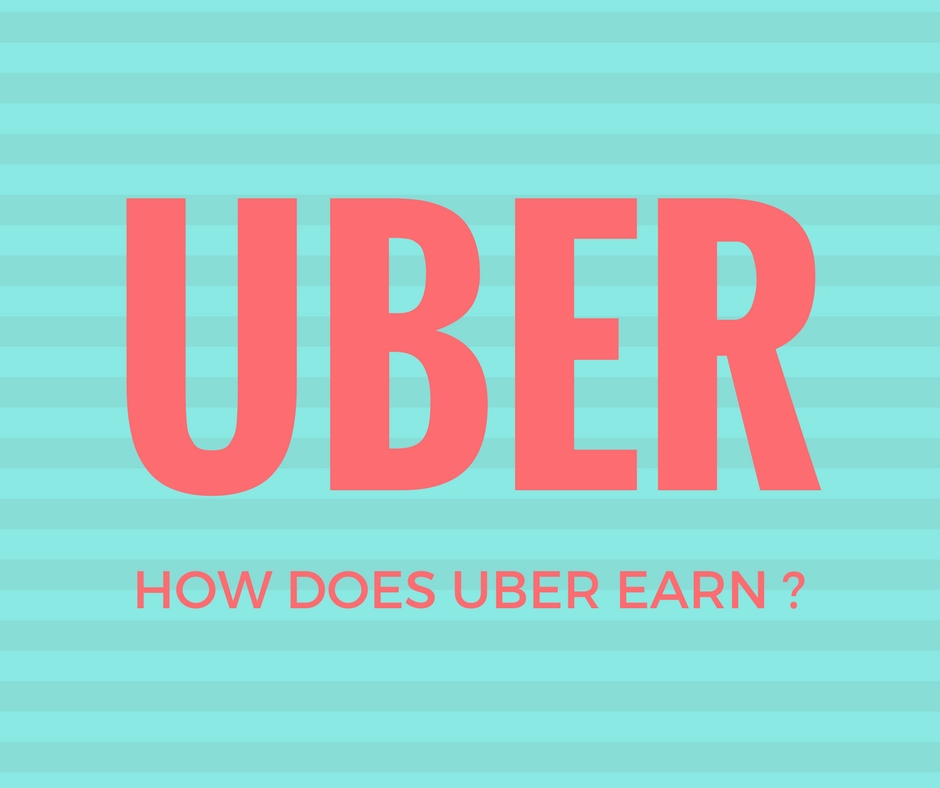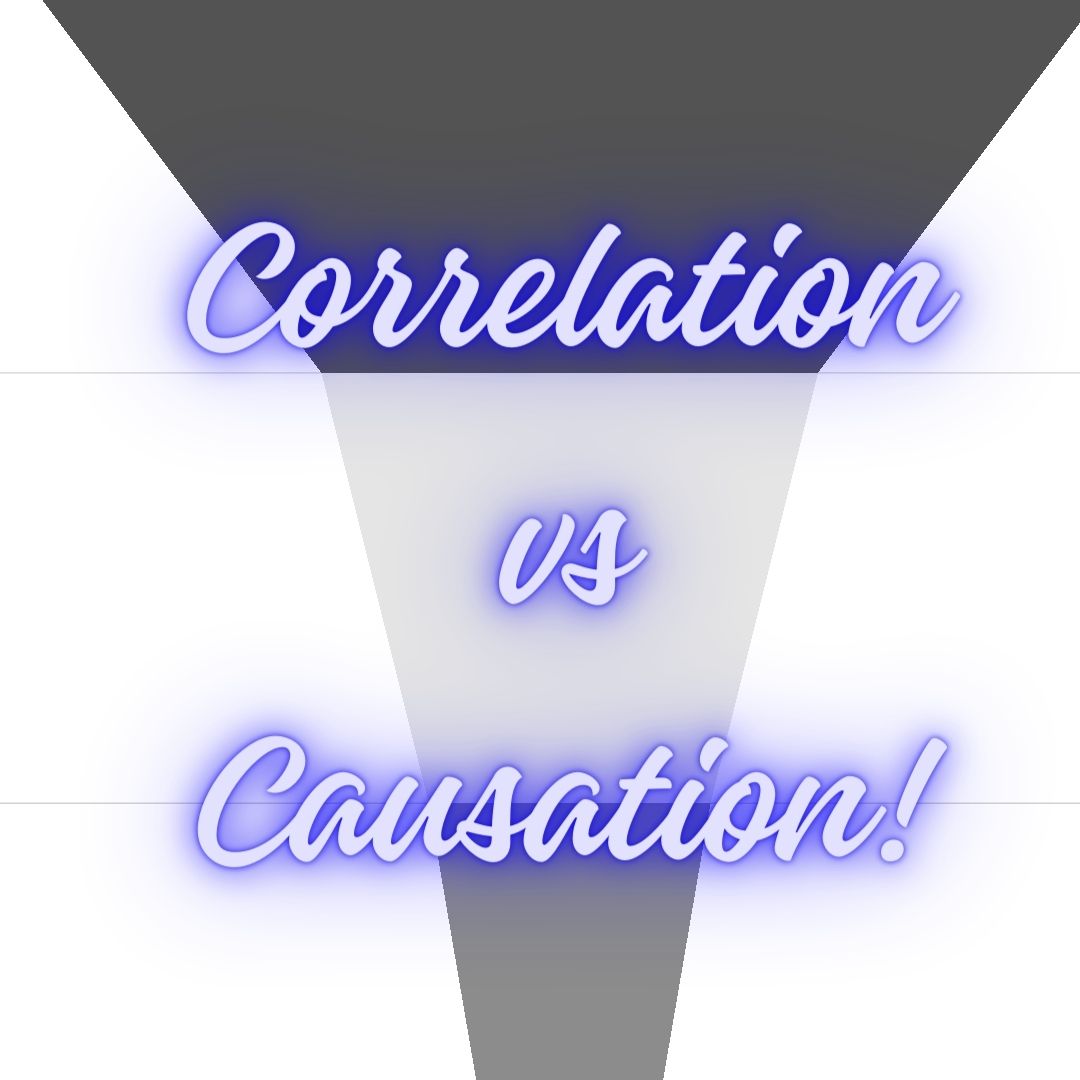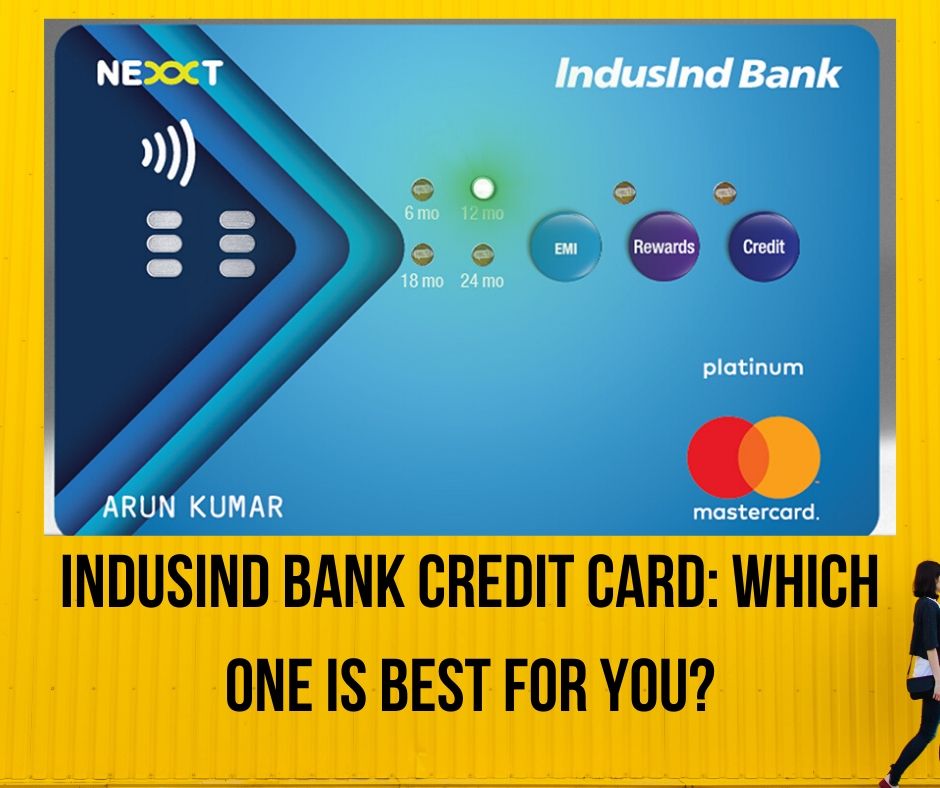How Does Uber Earn
- 31 January 2018 | 1324 Views | By Mint2Save

Uber is, arguably one of the world’s most valued start-ups, with investments from business unicorns including Google, Softbank, Goldman Sachs, Microsoft. It has made a strong presence in the taxi business, however, it, still finds itself in the midst of tremendous cash burn and mounting losses. Recently reported, the firm has incurred a mountain of losses, that it has forced Uber to bail out of China to stop short of their losses. Gone are the days when booking a taxi was a tedious job, all thanks to companies like Uber and Lyft.
So how does the world’s largest cab hailing company earn and does it even really earn? The answer to this is really simple, Uber and other similar ride sharing companies make money by charging clients for rides, very much like a taxi or other transport-for-hire company.
But First,
What is Uber?
Unless you have been living under a rock, Uber is a “disruptive” start-up which presents itself, as a ride-hailing company, or we can say simply a cab aggregators where a person can call for a ride using its App on Android/iOS, in not more than 5 minutes. It is a platform which lists the available drivers in your area so you can hail a ride by booking them, basically connecting the drivers to the ride-hailers and charging both of them a fee for using the platform.
This concept became such a success that it amplified in size and mushroomed in more than 600 cities. So Uber claims to complete millions of rides in a week through its platform, servicing a commendable percentage of population throughout the world, giving them first-hand access to millions of people every day.
Uber offers a free smartphone app that allows the user to summon any vehicle (varying according to the number of travellers and personal choice of the rider) with the utilization of a couple of basic prerequisites – their location and an internet connection. The user then requests a ride with an app on their smartphone from their current location.
Drivers for uber navigate using GPS or similar route-finding technology to find the rider and determine the best route that enables them to make the rider reach their chosen destinations. It then charges a fee (based on distance and time, any premium, plus a base rate), which is paid to the driver, out of which it keeps a portion. That is where Uber earns revenue from. Drivers are willing to pay that cut to Uber because of Uber’s ability to find them a rider.
Uber doesn’t own any cars, instead partners with the drivers who use and drive their own vehicles. On unstable weather days, hours of traffic congestion or on public holidays, when the demand for cab rides is higher than their availability, Uber riders have to deal with price surges.
Though the company is completely transparent about this dynamic pricing strategy and even informs the riders beforehand if there is any increase in the price of the cab.
Uber’s Business Model
Technically, Uber is a service aggregator (a platform for all age and social groups), where a seller/ service provider connects with the buyer to buy a specific product/service. In this case, Drivers are listed on Uber and consumers/riders connect with them through Uber to book a ride and reach their destination for a fee.
Uber too like Airbnb works on an aggregator based model. The business model adopted by Uber works for almost all e-commerce sites. The most important thing in the initial stage of e-commerce is the user base, traffic to the app and to create a brand (just like Flipkart, when they had billion day sale they made loss by selling at discount but they became famous and their traffic increased by huge amount).
Currently, to increase their client and brand value they are giving more offers, to increase the number of drivers and cars under their name they are giving heavy incentives to drivers and the riders. But once they will feel that they have successfully established themselves and the competition is reduced and people have become habitual of using Uber, they will gradually over a period of time reduce all these discounts.
The business model of Uber is also profiting on several other levels. Apart from charging commission from drivers ranging from 20% – 25% of the total amount charged from the customer for the ride, it generates revenue through promotional partnerships with brands like Pepsi, Hilton, BMW, Starwood, Spotify, various E Wallets, etc. Due to its huge user-base, it is a huge attraction to the brands for advertising purpose; hence it even earns revenue through them.
Another way through which uber earns revenue is by helping the it’s drivers get car on loan and acting as an agent between the banks/ the lending companies and the drivers can earn commission in between.
Uber, an emerging business giant not only provides the rider with the option of vehicles to chose from but also facilitates cab sharing. Using Uberpool a rider can share the ride and the cost with other riders heading in towards the same way. Uber also is a low-cost to luxury as it not only provides economy cars at everyday prices but also for special occasions or when one just needs a bit more room, the rider can call a black car or SUV. Uber has several other ventures (depending on its geographic location) like
- UberEats-allowing users to have meals delivered from participating restaurants by Uber drivers.
- UberRUSH – a courier package delivery service.
- UberBOAT- a water-taxi service that allows users to travel by boats.
- Uber also provides city transfers.
The increased usage of Uber and other ride-sharing companies have massively in a negative manner impacted the values of local taxi drivers in many cities. They have lost business due to the coming in of Uber.
But nevertheless, Uber is changing the way the world moves by seamlessly linking riders to drivers through online applications. They make cities more accessible, opening up more possibilities for riders and more business for drivers. Uber’s rapidly growing global presence continues to bring people and their cities closer.









